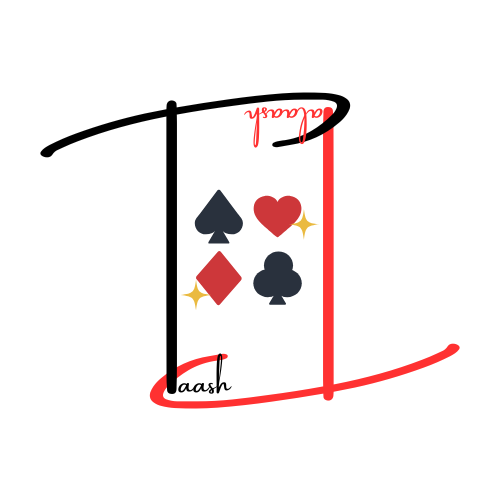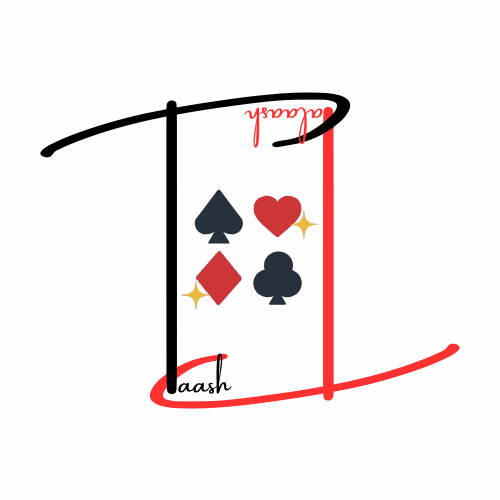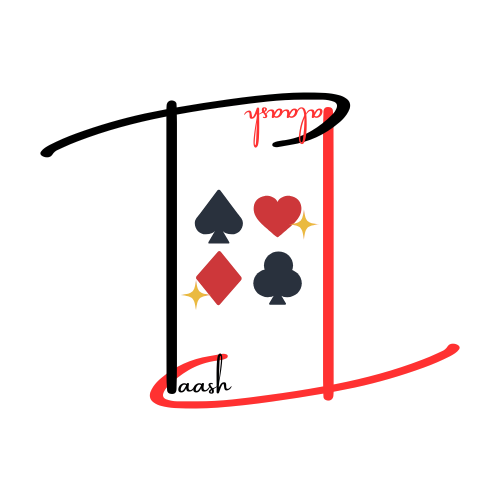📌 Quick Info
- Name of the Game: Canasta
- Number of Players: 2 to 6 (best played in 4 players as 2 teams)
- Decks Required: 2 standard 52-card decks + 4 Jokers (108 cards total)
🎯 Objective
To form melds of 7 or more cards of the same rank — called Canastas — and score more points than your opponents or opposing team.
🛠️ What You Need
- 2 full decks of cards + 4 Jokers (108 cards total)
- Score sheet and pen
- Table space for melds and discard pile
🔄 How to Play – Step by Step
▶️ Setup
- Each player is dealt 11 cards.
- The rest of the cards are placed in a draw pile; one card is turned face-up as the discard pile.
- If the face-up card is a red 3 or wild card, another card is drawn until it’s a natural card.
▶️ Gameplay Turn
- Draw 2 cards from the draw pile (or pick up the entire discard pile if allowed).
- Form melds (sets of at least 3 cards of the same rank).
- You may use wild cards (2s and Jokers), but restrictions apply.
- Discard one card to end your turn.
🧠 What is a Canasta?
- A meld of seven or more cards of the same rank.
- Natural Canasta: No wild cards (worth more points).
- Mixed Canasta: Includes wild cards (worth fewer points).
📜 Rules
- Meld: A group of at least 3 cards of the same rank (e.g., 8♠ 8♦ 8♥).
- Each meld may contain at most one wild card for every two natural cards.
- To go out: A player or team must have at least one Canasta before going out.
- Red 3s: Must be laid out immediately if drawn; worth bonus points.
⚙️ Optional / House Rules
- Partnership Play: Players sit across from partners; points are scored together.
- Frozen Discard Pile: Discard pile becomes frozen (cannot be picked up) under certain conditions (e.g., wild card on top).
- Initial Meld Requirement: Teams must meet a minimum point value to begin melding, based on cumulative score.
🧮 Example Play
- Your Hand: 8♠ 8♦ 8♥ 8♣ 2♠ J♠ J♦ Q♠ 3♦ K♥ K♣
- Melds:
- Four 8s + 2♠ = Meld of 5 (can aim for Canasta)
- J♠ J♦ = prepare another meld
- Red 3 (3♦): Lay it down immediately.
- Discard K♣ to end your turn.
📚 History & Origin
- Originated in Uruguay in the 1940s as a variant of Rummy.
- Quickly became popular in the United States and worldwide.
- In the 1950s, it became one of the most-played card games in the US.
- Still widely played, especially among older generations and in tournaments.


